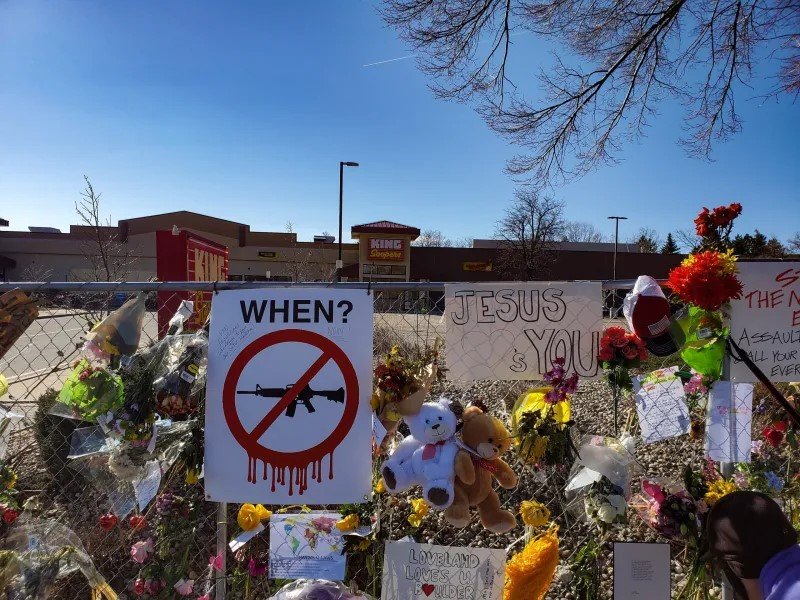Gun Violence and Public Health: A Crisis We Can’t Ignore
Credit: rob obi via Getty Images.
Black children and adolescents are more likely to die by firearm than any other racial group. Here’s what policymakers can do to change that.
By Anissa Durham
With gun violence claiming more lives in the U.S. than ever before it’s no wonder that in June, U.S. Surgeon General Vivek Murthy officially declared it a public health crisis. Here’s why: Firearms are now the leading cause of death for kids and teens aged 1-19. And And it’s not just “out there” — it’s personal. More than half of adults, 54%, say they or someone in their family have experienced gun violence firsthand.
But gun violence isn’t just a matter of statistics. It’s a crisis reshaping how Americans live, work, and feel in their communities — and that’s especially true for Black Americans.
In 2022, Black Americans had the highest rate of homicide deaths from a firearm compared to all other races and ethnicities. And Black children and adolescents accounted for about half of all fire-arm-related deaths among U.S. children and adolescents, despite only making up 14% of the youth population.
Why does this matter?: Gun deaths are largely considered preventable. And Black American adults and youth are more likely to lose their lives to a firearm. The physical and mental health impact can be lifelong.
In 2022 alone, the Black firearm homicide rate among ages 15 to 19 was more than 25 times the white firearm homicide rate among the same age group, according to the Giffords Law Center to Prevent Gun Violence. And in 2022, more Black men ages 15 to 24 died in gun homicides than from unintentional injuries, suicide, heart disease, COVID-19, cancer, non-firearm homicides, diabetes, congenital abnormalities, chronic respiratory diseases, police shootings, cerebrovascular diseases, anemias, sepsis, influenza and pneumonia,
For Black children and adolescents, 86% of firearm-related deaths were homicides, and 10% were suicides, the 2024 advisory states. Fears and worries about firearm violence are highly prevalent among youth, especially regarding school shootings. About half of young people ages 14 to 17 worry about school shootings.
Firearm Violence is Expensive
Firearm-related deaths contribute significantly to the rising rates of preventable mortality and continue to drive down the U.S. life expectancy, according to a report by The Commonwealth Fund.
“By some estimates, firearm violence cost the U.S. around $557 billion in 2022, with $2.8 billion spent on health care costs, mental health services, and emergency services,” The Commonwealth Fund report states. “The largest proportion of this total was made up of costs related to quality-of-life, pain and well-being lost by those injured or killed, and costs to families. Combined with billions in other losses, firearm deaths cost roughly $274,000 per victim and each injury costs over $25,000 per patient, equaling an average cost of $1,700 per taxpayer annually.”
Gun violence in America kills 40,000 people, wounds twice as many, and has had a devastating impact on the economy, according to Everytown Research and Policy. And whether an American owns a gun or not, taxpayers shoulder the bulk of the costs.
What Can Be Done?
In Murthy’s advisory, he outlines a public health approach that can help prevent and reduce the harm caused by firearms. Here are a few of the suggestions to health care workers and policymakers.
Encourage health systems to facilitate education on safe and secure firearm storage. Health systems can support health workers in talking with patients during routine and preventive medical visits about the safe storage of firearms, as well as the temporary transfer of a firearm during a high‑risk period.
Implement universal background checks and expand purchaser licensing laws.
Universal background checks would expand on current federal law (which requires any person engaged in the business of dealing firearms to obtain a license and conduct background checks) to include mandatory background checks for all firearm purchases, including private sales and transferring/gifting firearms.
Ban assault weapons and large‑capacity magazines for civilian use. Assault
weapons may encompass automatic weapons and some semiautomatic weapons
that may include military‑style features that make the firearm more lethal,
such as detachable large‑capacity magazines.
Enhance safety measures and mental health resources in learning settings
for children and adolescents. This can include the expansion of a school‑based
mental health workforce to build a positive school climate and the capacity
and resources needed to connect students to mental health services
Bottom line: The death of Black Americans from gun violence, in many ways, can be prevented. It’s up to policymakers to decide how many more Americans will die because of firearms.


